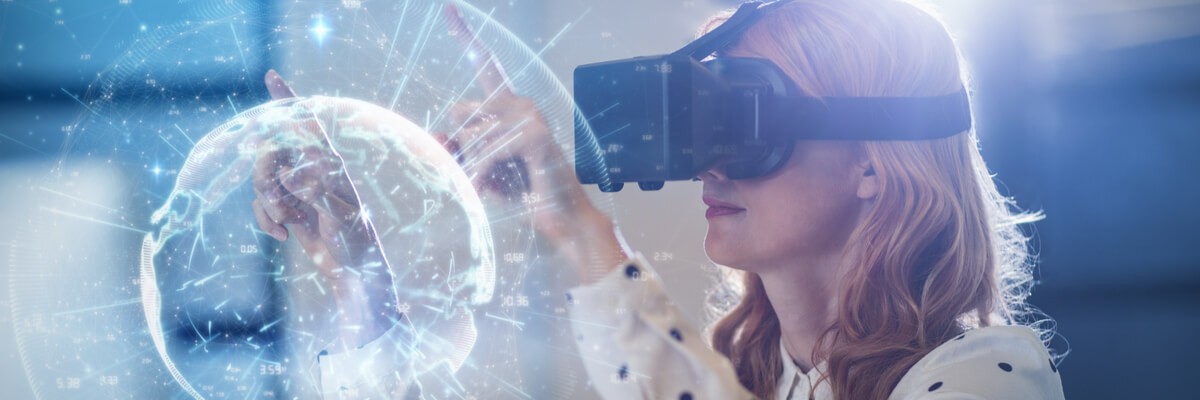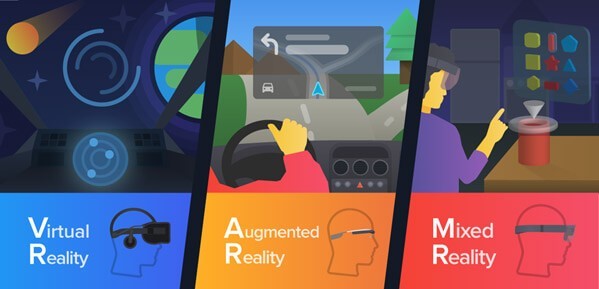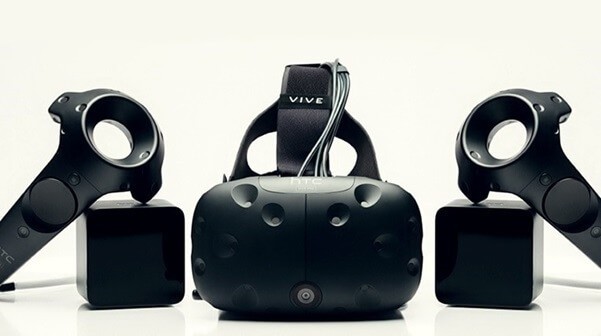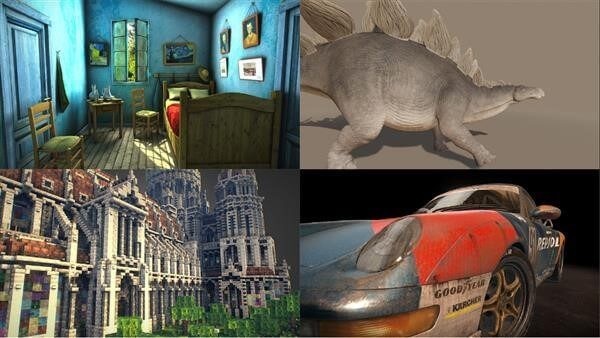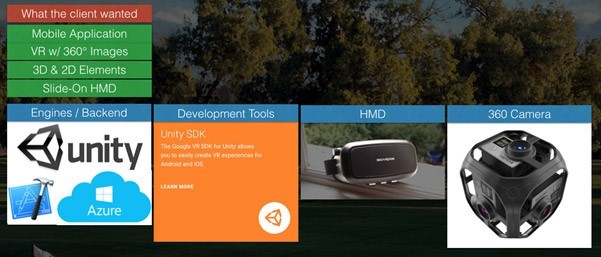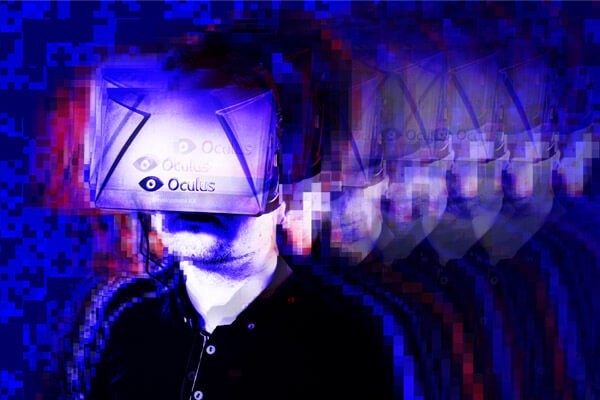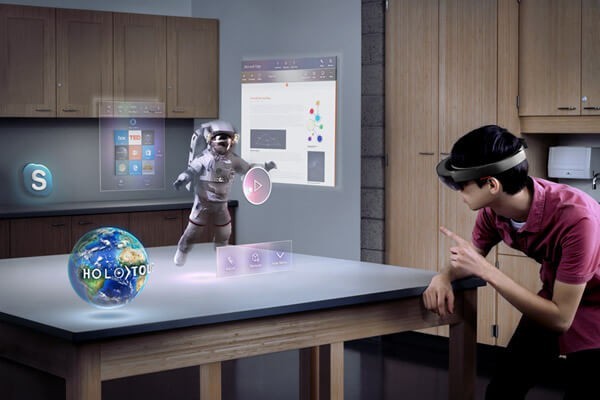Blog How to Create a VR App
With the Virtual Reality (VR) industry projecting more than $100 billion in valuation by 2021, it's becoming clear that innovative companies need to start developing for VR. Here at Insight, we already have one VR application in the iTunes Store and plenty more in development. Since there's a lot of information to digest, this will be the beginning of many posts about the VR space. Here are a few “need to knows" for now, and then we'll dive into each section separately.
By Matt Fedorovich / 7 Feb 2017 / Topics: Application development Immersive technology Virtual Reality (VR)
